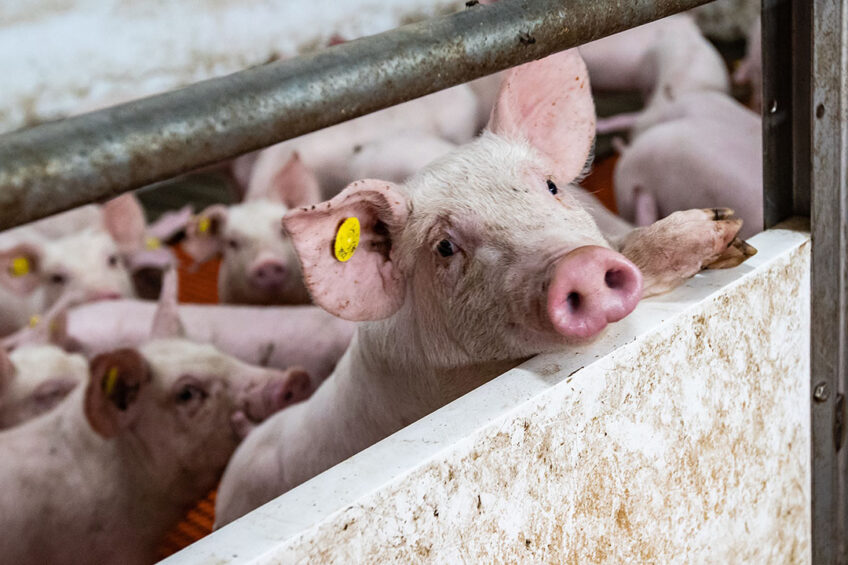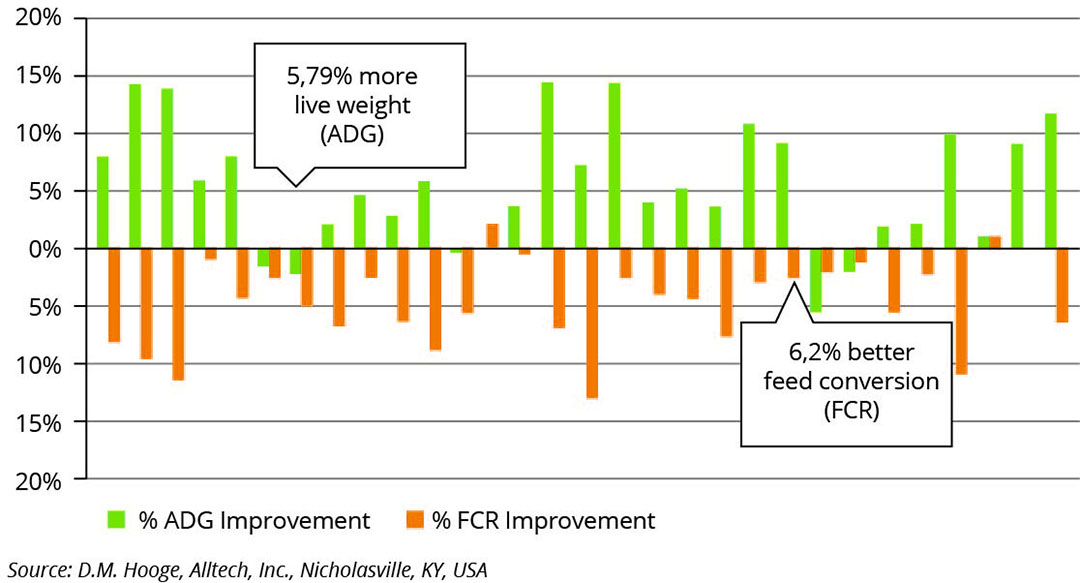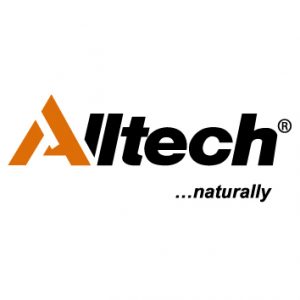Feed efficiency is the key to sustainable and profitable pig production

There are many ways to be more sustainable. Taking a deep dive into growing and finishing pig production, one specific and costly factor stands out – the feed conversion ratio (FCR).
The immensity of the effect of the FCR has become one of the top issues in pig production today, especially as the cost of raw materials have increased (a 30-50% increase in 2022 compared to 2021), coupled with the fact that feed costs represent around 70% of the total production costs on a pig farm. An improvement in FCR will lead to a reduction in total feed consumed and more importantly, it will have a positive impact on the environmental footprint of pig production.
As Asia continues to recover from the devastating effects of African swine fever (ASF) and struggles to cope with rising feed ingredient prices, many pig producers consider FCR as one of their top priorities. FCR is affected by many factors, including raw materials used, genetics and farm management. Therefore, to improve FCR, pig producers need to focus on several aspects of management, health, welfare and nutrition. This article focuses on nutritional means to elevate the feed efficiency of growing pigs.
The pig industry in the Asia Pacific Region has been researched in order to benchmark and understand the region’s FCR. If we look at the 5 main pig producing countries (China, Thailand, Vietnam, Philippines and Japan), there are around 218.5 million market pigs and an estimated total feed consumption of 165 million tonnes. The Philippines has issued a Hog Industry Roadmap for 2022 – 2026, which aims to support the growth of the industry and help the industry recover from ASF. Under this plan, one of the technical goals is to bring the FCR down to 2.27 by 2026 from the current baseline of 3.19 in 2020.
With these huge numbers in feed tonnage as a starting point, Alltech is looking to improve the FCR of growing pigs through novel nutritional technologies, with one of the end goals being to have significant savings on feed consumption and to express a sizable positive effect on the overall environment. With a 0.1 reduction in FCR for a growing-finishing market pig from 20 kgs to 110 kgs liveweight, there is an improvement in FCR of 9 kgs of total feed per pig. An improvement of FCR of just 0.1 translates to feed ingredient savings of 3.255 million tonnes in the 5 main pig producing countries. These savings equate to greenhouse gas emission savings equivalent to taking over 1.2 million cars off the road each year.
How does having a healthy gut improve feed efficiency?
For pig producers to survive the vast number of challenges currently being faced (record high feed prices, raw material market volatility, increased energy costs, etc.), while also trying to maintain sustainable pig production, maximising nutrient utilisation and feed efficiency is crucial. In essence, we must now do more with less! The gut health of pigs plays an important role in the digestion and utilisation of nutrients in feed and is strongly linked to performance parameters such as feed efficiency.
To establish a healthy gut in pigs, producers need to focus on optimising gut structures to ensure effective nutrient digestion and absorption. Over the past several years, nutritional efforts have focused more heavily on developing alternative feeding strategies that support gut health and development in pigs, with the aim of optimising their lifetime growth and efficiency and minimising antibiotic use. As a result of improved farm productivity and less use of medication, the producer’s profitability will also grow in a more sustainable way.
Elevating feed efficiency in growing pigs
Over the last 40 years, Alltech has conducted extensive research studying monogastric gut health and performance and has designed several pig management programmes that focus on supporting animal performance and efficiency. Incorporated into these programmes are natural feed additives that have been proven both commercially and in research studies to promote gut health and development, and as a result, achieve optimal feed efficiency and lifetime growth performance.
Figure 1 – ACT improves the intestinal structure of pigs, resulting in increased nutrient digestion and absorption.

Numerous studies have demonstrated a significant improvement in the intestinal structure of pigs after weaning when materials such as Alltech’s Actigen (ACT) were supplemented in pig feeds (Figure 1). As a result, nutrient absorption and utilisation increased, and this was followed by a significant improvement in weight gain, feed intake and feed efficiency. Moreover, a meta-analysis of over 12 nutrition trials performed in nursery pigs in units across the globe demonstrates that ACT can improve FCR by up to 3.5% and reduce days to slaughter by three days. To put this into a sustainability perspective, by reducing total feed consumption, we increase pork production efficiency, but more importantly, we significantly reduce the carbon footprint of pig production.
Figure 2 – SSF improves the daily liveweight gain and feed conversion of growing pigs.

The nutrition strategy for pigs should also be designed to provide feed materials that promote cost efficiency. The pig management programmes utilise highly digestible and palatable feedstuffs, that are designed to enhance digestibility and, in doing so, can improve the FCR of pigs. For example, combined research from 19 studies that investigated the effect of the dietary inclusion of Allzyme SSF (a natural complex) highlights the fact that SSF can increase daily liveweight gain by 5.8% and improve the FCR of pigs by 6.2% on average (Figure 2). The improved performance and feed efficiency resulting from the inclusion of SFF in the diet will result in a substantial cost saving for pig producers.
Conclusion
An animal with good gut health is one that efficiently utilises feed with minimal production disruption, resulting in optimal lifetime performance in a sustainable way. From the studies presented here, it can be concluded that the pig management programmes improve nutrient utilisation and feed efficiency (due to improved gut health) and reduce feed costs per pig, contributing to more sustainable, profitable pig production.











